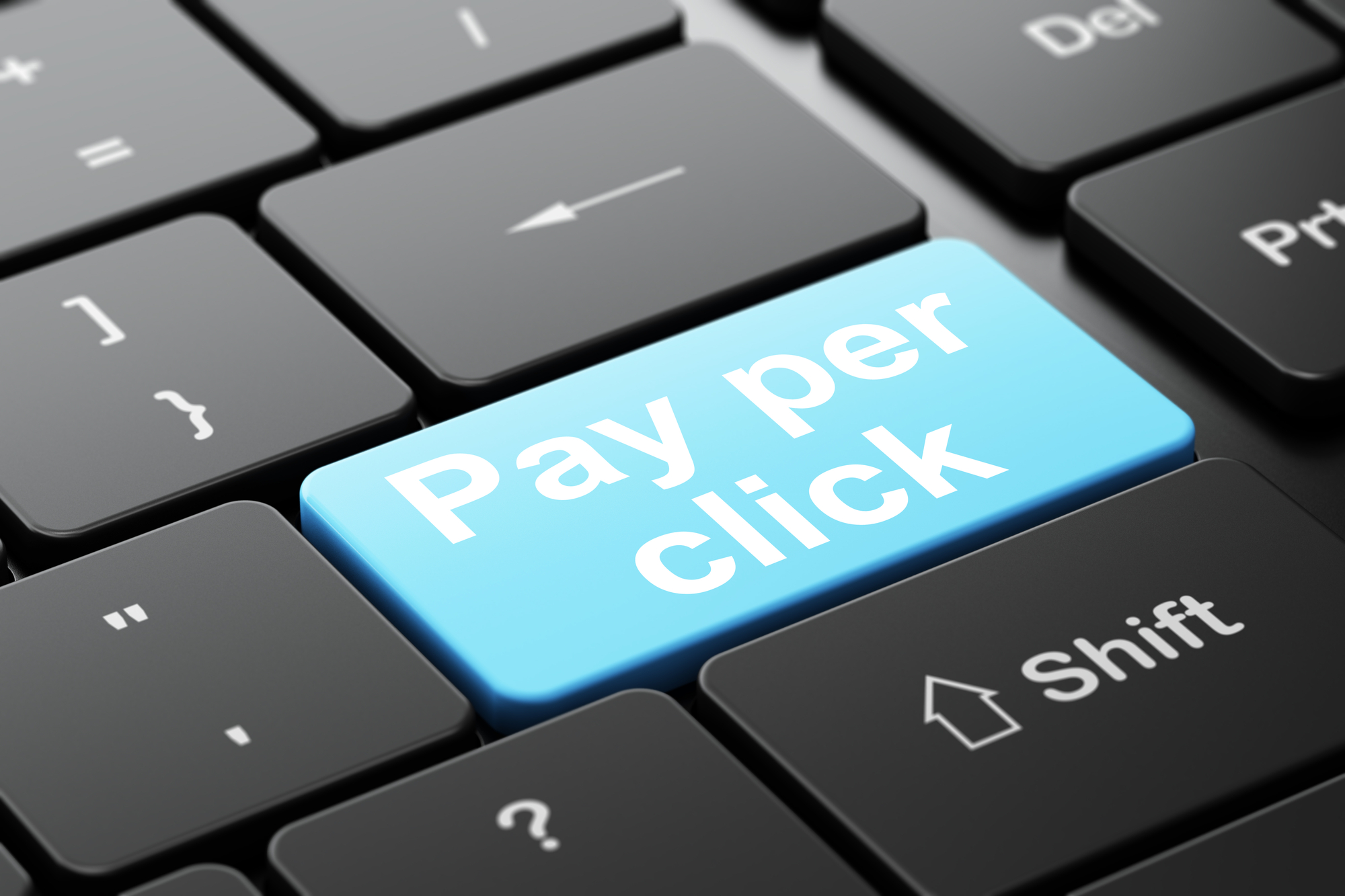In the complex landscape of digital marketing, finding the equilibrium between organic search results and paid advertisements is essential for a successful online strategy. Both avenues offer unique advantages, and a thoughtful approach to their integration can maximise visibility, engagement, and conversions. This comprehensive guide explores the strategies and considerations for achieving the delicate balance between organic and paid efforts in a digital marketing campaign.
Understanding Organic Results and Paid Ads:
Organic Results:
Organic search results refer to the listings on search engine results pages (SERPs) that appear naturally based on the relevance of content to search queries. Achieving high organic rankings requires strategic Search Engine Optimisation (SEO) efforts, focusing on factors such as keyword optimisation, content quality, backlink building, and user experience.
Paid Ads:
Paid advertising, on the other hand, involves purchasing ad space to promote products or services. These ads typically appear above or below organic results on search engine pages or within designated areas on social media platforms. Common forms of paid advertising include pay-per-click (PPC) ads on Google and sponsored posts on social media.
Strategies for Balancing Organic and Paid Efforts:
Define Clear Objectives:
Before diving into the integration of organic and paid strategies, clearly define your campaign objectives. Whether it's increasing brand awareness, driving website traffic, or boosting conversions, having specific goals will guide your approach and help you measure success.
Keyword Integration:
Develop a holistic keyword strategy that integrates seamlessly with both organic and paid efforts. Identify high-performing keywords for your industry and create content that aligns with organic search intent. Simultaneously, leverage these keywords in your paid advertising campaigns to enhance visibility among users actively searching for relevant products or services.
Content Synergy:
Create a synergy between organic content and paid ads by aligning messaging and themes. Consistent branding and messaging across both channels enhance brand recognition and trust among your audience. Use insights gained from organic content to inform your paid ad creatives and vice versa.
Coordinate Timing and Scheduling:
Carefully coordinate the timing and scheduling of organic content and paid ads to avoid conflicts and capitalise on peak engagement periods. Consider launching paid campaigns during specific promotions or events when organic content is also focused on related topics.
Utilise Remarketing:
Remarketing, or retargeting, is a powerful strategy that involves showing ads to users who have previously interacted with your website. Seamlessly integrate remarketing into your overall strategy to reinforce your message and increase the likelihood of conversion.
Optimise Landing Pages:
Ensure a consistent user experience by optimising landing pages for both organic and paid traffic. Align the content and design of your landing pages with the messaging of your ads to create a cohesive journey for users, enhancing their likelihood of converting.
Monitor and Adjust Budget Allocation:
Regularly monitor the performance of your organic and paid efforts and adjust your budget allocation accordingly. If one channel is consistently outperforming the other in terms of conversions or return on investment (ROI), consider reallocating resources to capitalise on the most effective strategy.
Local SEO and Geo-Targeting:
Incorporate local SEO strategies to enhance visibility in organic local search results. Simultaneously, use geo-targeting features in paid advertising platforms to tailor your ads to specific geographic locations, ensuring that your messages resonate with local audiences.
Experiment with Ad Formats:
Paid advertising platforms offer various ad formats, from text ads to display ads and video ads. Experiment with different formats to see which resonates best with your target audience. Use insights from these experiments to inform the creative elements of your organic content.
Strategic Use of Social Media:
Social media platforms play a crucial role in both organic and paid strategies. Leverage the power of social media for organic engagement, community building, and content sharing. Simultaneously, incorporate paid social media advertising to reach specific demographics and amplify your messaging.
Competitor Analysis:
Conduct a thorough analysis of your competitors' strategies in both organic and paid spaces. Identify gaps, strengths, and opportunities. Learn from their successes and challenges to refine your own approach and stay competitive in the digital landscape.
Integrate Analytics Platforms:
Integrate analytics platforms such as Google Analytics and social media insights to gain a comprehensive view of your overall digital performance. Analyse data from both organic and paid channels to identify trends, areas for improvement, and opportunities for optimisation.
Things to consider for balancing Paid and Organic Search:
Budgets:
Allocating budgets between organic and paid strategies can be challenging. It is essential to find a balance that aligns with your overall marketing goals and ensures you're maximising the impact of each channel.
Avoiding Cannibalisation:
Carefully plan and execute your strategies to avoid cannibalisation, where paid ads and organic results compete for the same audience. This can lead to increased costs and inefficiencies. Strategic keyword targeting, clear messaging, and proper segmentation can help mitigate this risk.
Adapting to Algorithm Changes:
Search engine algorithms and advertising platforms continually evolve. Stay informed about updates and be ready to adapt your strategies to align with changes in algorithms or platform policies.
Maintaining Consistency:
Consistency in messaging, branding, and user experience is crucial. Maintaining a cohesive presence across both organic and paid channels reinforces your brand identity and fosters trust among your audience.
Achieving the perfect balance between organic and paid strategies requires a nuanced and strategic approach. By aligning keyword targeting, content creation, timing, and budget allocation, businesses can create a cohesive and effective online presence. Both organic and paid efforts have distinct advantages, and a well-integrated strategy ensures that each channel complements the other, resulting in a comprehensive and impactful digital marketing campaign. In the dynamic landscape of digital marketing, adaptability and a holistic approach are key to staying ahead and consistently improving online visibility.



